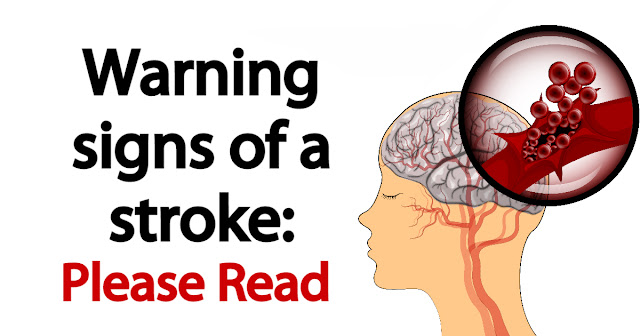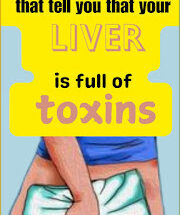Recognizing the warning signs of a stroke is crucial, especially as we age. Many people are not aware of the subtle signs that could indicate a stroke, and this knowledge can be lifesaving. A stroke occurs when blood flow to part of the brain is interrupted or reduced, preventing brain tissue from getting oxygen and nutrients. Brain cells begin to die within minutes, and if not treated promptly, the consequences can be severe.

While some strokes can occur without any warning signs, most strokes have recognizable symptoms. The key signs to look for can be remembered with the acronym “FAST.” This stands for Face drooping, Arm weakness, Speech difficulties, and Time to call emergency services. If you notice any of these signs, it’s imperative to act quickly.
In addition to “FAST,” there are other symptoms to be aware of. Sudden numbness, confusion, trouble seeing, and dizziness are also common indicators. Sometimes a severe headache, one that may feel like the worst headache of your life, can also signal a stroke. Recognizing these symptoms can help save your life or the life of someone you love.

Why Time Is Critical
When it comes to strokes, time is of the essence. Getting swift medical attention can greatly improve the outcome. Treatments are most effective when administered as soon as a stroke begins. Ideally, treatment should occur within the first three hours of symptoms appearing. This is why recognizing the signs quickly and seeking help immediately is vital.
Many people underestimate the urgency of these symptoms, thinking they may go away. However, every minute counts, and delays can lead to permanent brain damage or other complications. By calling emergency services immediately, you are ensuring that the person affected has the best possible chance of recovery.
Understanding Different Types of Strokes
There are three main types of strokes: ischemic, hemorrhagic, and transient ischemic attacks (TIAs). Understanding the differences can help in realizing why prompt response is crucial.
An ischemic stroke, the most common, occurs when a blood clot blocks or narrows an artery leading to the brain. A hemorrhagic stroke is caused by a blood vessel rupturing and bleeding into the brain. TIAs, often called mini-strokes, occur when blood flow to the brain is temporarily blocked and often precede more severe strokes.
Recognizing the specific type of stroke contributes to tailoring the immediate treatment, thus improving recovery outcomes. Knowing these differences highlights the importance of not ignoring symptoms, even if they seem minor or temporary.
Strategies for Prevention
While not all strokes can be prevented, many risk factors can be managed. Regular check-ups with a healthcare provider can help control high blood pressure, diabetes, and high cholesterol, which are significant risk factors for strokes.
Leading a healthier lifestyle with regular exercise, a balanced diet low in saturated fats, and avoiding smoking can also reduce the risk. Maintaining a healthy weight and managing stress are other crucial factors in stroke prevention.
Staying informed and diligent about these preventive measures can substantially lower the risk of a stroke. Remember, small consistent changes in lifestyle habits can make a big difference.
In conclusion, understanding and recognizing the warning signs of a stroke could truly be a lifesaver. By acting quickly on signs of a stroke, we can ensure that the affected person has the best chance at full recovery. Encouragingly, more awareness and education mean that more people are recognizing the symptoms and taking prompt action, reducing the potentially devastating impacts of a stroke.




